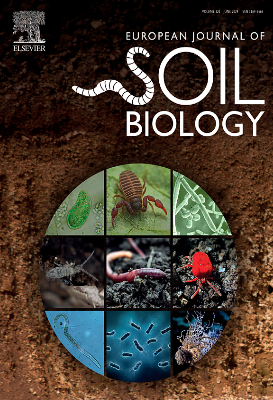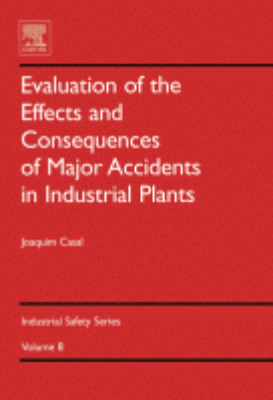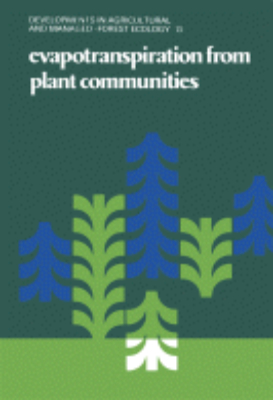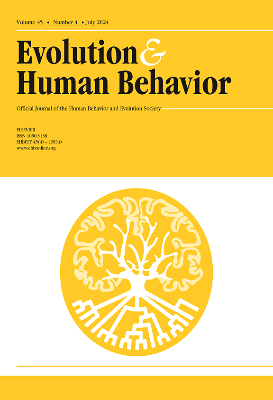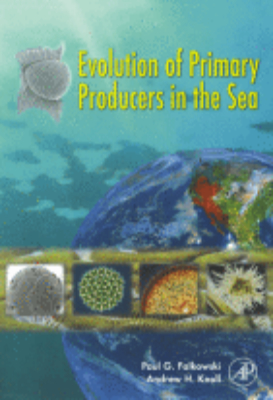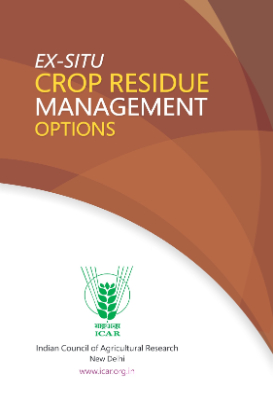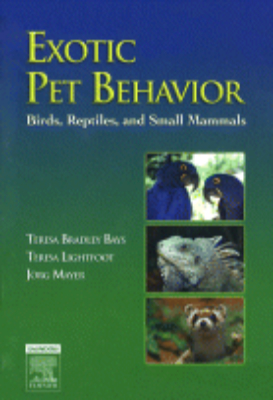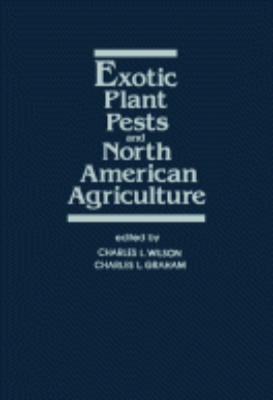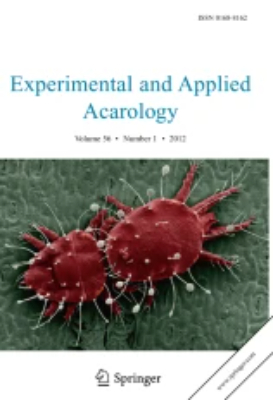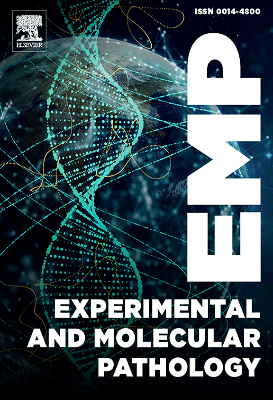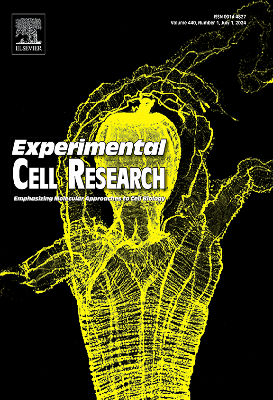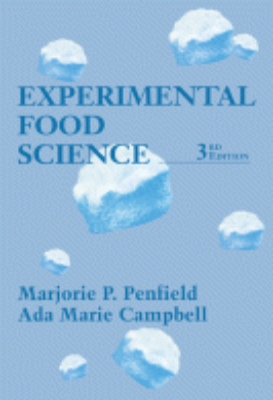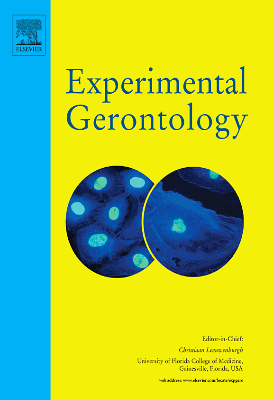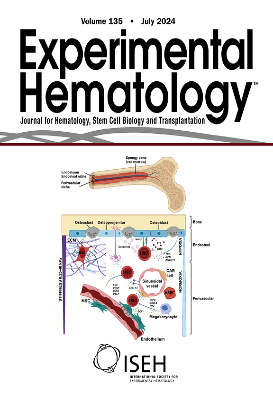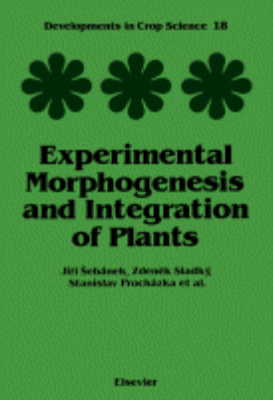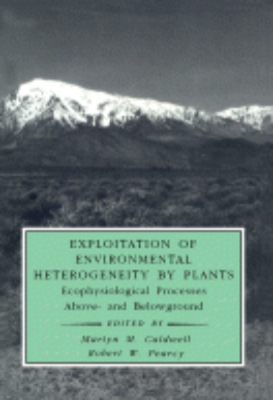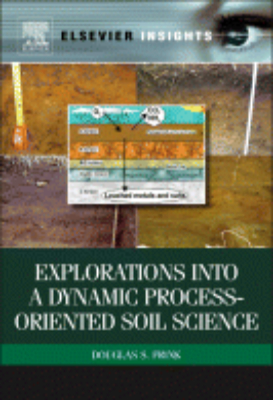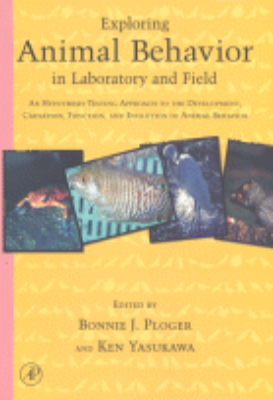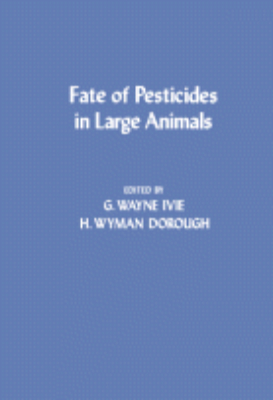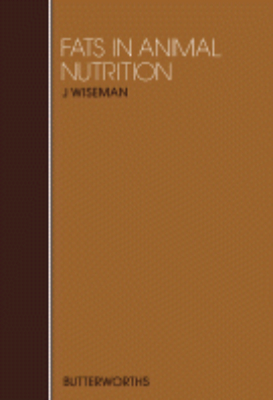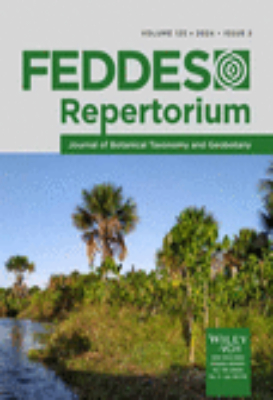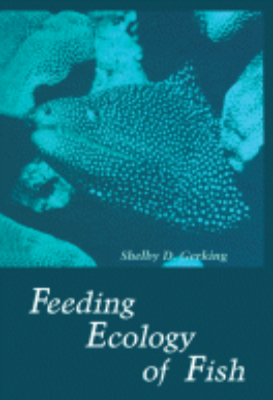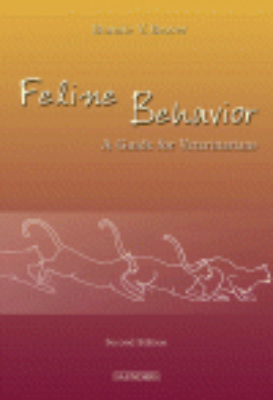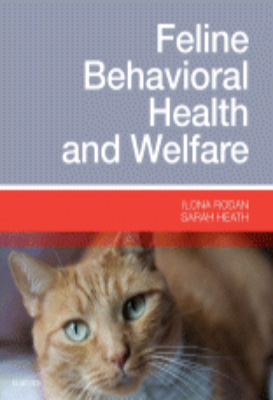E-Resources
Evolution of Primary Producers in the Sea
"Evolution of Primary Producers in the Sea reference examines how photosynthesis evolved on Earth and how phytoplankton evolved through time ultimately to permit the evolution of complex life, including human beings. The first of its kind, this book provides thorough coverage of key topics, with contributions by leading experts in biophysics, evolutionary biology, micropaleontology, marine ecology, and biogeochemistry.This exciting new book is of interest not only to students and researchers in marine science, but also to evolutionary biologists and ecologists interested in understanding the origins and diversification of life. Evolution of Primary Producers in the Sea offers these students and researchers an understanding of the molecular evolution, phylogeny, fossil record, and environmental processes that collectively permits us to comprehend the rise of phytoplankton and their impact on Earth's ecology and biogeochemistry. It is certain to become the first and best word on this exhilarating topic. Key Features. Discusses the evolution of phytoplankton in the world's oceans as the first living organisms and the first and basic producers in the earths food chain. Includes the latest developments in the evolution and ecology of marine phytoplankton specifically with additional information on marine ecosystems and biogeochemical cycles. The only book to consider of the evolution of phytoplankton and its role in molecular evolution, biogeochemistry, paleontology, and oceanographic aspects. Written at a level suitable for related reading use in courses on the Evolution of the Biosphere, Ecological and Biological oceanography and marine biology, and Biodiversity"
Ex-Situ Crop Residue Management
THE Committee on economic analysis of alternative/ex-situ options of
crop residue management likes to express its sincere and whole hearted
thanks to Dr. Trilochan Mohapatra, Secretary, DARE and DG, ICAR for his
foresight in formulating concepts and ideas for ex-situ management of crop
residues, for instituting this Committee and further for providing his
valuable inputs at various stages for finalizing the "Ex-situ Crop Residue
Management Options" document.
The Committee also extends its sincere thanks to the AS (DARE) and
Secretary (ICAR), Secretary, Ministry of Power, and Secretary, Ministry of
Petroleum and Natural Gas and Director, ICAR-NIAP for valuable guidance
all through for drafting the recommendations.
Thanks are also due to all the members of the High Level Monitoring
Committee on In-situ Crop residue Management Central Sector Scheme,
Director ICAR-CIAE, Bhopal, Dr. KC Pandey, Project Coordinator of AICRP on
Energy in Agriculture and Agro Industries, Dr. Nalini Ranjan Kumar, Principal
Scientist, ICAR-NIAP, Dr. S.S. Sooch, Principal Scientist (Renewable Energy
Engineering), PAU, Ludhiana, Dr Mukesh Jain, Assistant Professor (FMPE),
CSHAU, Hissar, Dr. Panna Lal Singh, Principal Scientist, Agricultural
Engineering Division, ICAR for their outstanding support and cooperation
during the process of discussions and in finalizing the recommendations.
Member Secretary of this Committee Dr. Kanchan Kumar Singh, Assistant
Director General (Farm Engineering) is appreciated, by the rest of the
Committee, for his strenuous efforts in collating the information and drawing
a conceptual framework that formed the basis of our discussions and for the
overall coordination in formulation and finalization of the recommendations.
Exotic Pet Behavior
In addition to coverage of all normal behavior patterns -- sensory, communication, social and antisocial, reproductive, eating, and elimination -- this resource helps you identify medical implications of abnormal behavior, pain-associated behaviors, and effects of captivity. Client education handouts provide important information about caring for a variety of avian and exotic pets.
Exotic Plant Pests and North American Agriculture
Exotic Plant Pests and North American Agriculture examines the threat posed by exotic pests introduced to North American agriculture. It considers the impact of introduced pests on humans, and it highlights the need for intensified research efforts and international cooperation to prevent further introductions. Organized into 17 chapters plus an epilogue, this volume begins with a historical overview of pest introductions, including insects and mites, and possible introductions in the future. It then discusses the impact of introduced weeds in North America; ecology and genetics of exotic species; how to detect and stop pest introductions; and research on exotic insects, plant pathogens, and weeds. The reader is also introduced to the use of exotic natural enemies for biological control of exotic pests, prediction of potential epidemics caused by exotic pests, insurance against exotic plant pathogens, and international cooperation on controlling exotic pests. Scientists, plant pathologists, ecologists, and those working in academics, government research laboratories, and regulatory agencies will benefit from reading this book.
Experimental Food Science
This textbook presents the scientific basis for understanding the nature of food and the principles of experimental methodology as applied to food. It reviews recent research findings and specific technological advances related to food. Taking an experimental approach, exercises are included at the end of each chapter to provide the needed experience in planning experiments. Emphasizing the relationships between chemical and physical properties, basic formulas and procedures are included in the appendix.
Experimental Pharmacogenetics
Experimental Pharmacogenetics: Physiopathology of Heredity and Pharmacologic Responses reviews heritable factors in animals recognized by the use of drugs and hereditary defects that alter drug responses, including hereditary aspects of the response to drugs in mice and variety of other animal species. This book focuses on pharmacogenetics, which is the study in animal species of genetically determined variations that are revealed by the effects of drugs. The genetics of bacteria, human geneticists classifying man according to pharmacologic assays, and cytologists observing drugs that influence heredity are also elaborated. This publication is beneficial to pharmacologists and geneticists concerned with physiology, pathology, and biochemistry.
Exploitation of Environmental Heterogeneity by Plants
There is a new emerging interest in the effects of gaps and patches on succession and biodiversity. This innovative volume is a synthesis of studies of plant responses to temporal and spatial heterogeneity, the exploitation of resources from pulses and patches by plants, and their competition with neighbors in the face of this variability.Aboveground, the book focuses upon the nature of canopy patchiness, consequences of this heterogeneity for the light environment, and the mechanisms by which plants respond to and exploit this patchiness. Belowground, the text explores the heterogeneity of soil environments and how root systems obtain nutrients and water in the context of this temporal and spatial variability. As a new reference in an evolving and growing field, this text is sure to be a valuable tool for researchers and advanced students in plant physiology, ecology, agronomy, and forestry alike.
Explorations into a Dynamic Process-Oriented Soil Science
The paradigm and models of traditional soil science lack the ability to adequately address issues of soil dynamics, environmental integration, and change. Unexplainable research results obtained from traditional soil studies applied to non-traditional soil phenomena in physical geography, archaeology and ecology speak to the current need for soil science to move beyond description and classification and into a dynamic process-oriented soil science capable of providing explanations. Soils do not behave as static inert geologic detritus affected by climate, organisms, relief, and parent material through time, but instead soils behave as self-organizing systems dynamically interrelating with their environment. Recognition of this dynamic behaviour required a re-examination of how scientists in general think and in how modern soil science specifically evolved its basic paradigms and models. This book examines the dynamics of soil organic carbon and demonstrates the self-organizing nature of soil through time as soil responds to a wide range of environmental and human perturbations.
Exploring Animal Behavior in Laboratory and Field
Exploring Animal Behavior in Laboratory and Field is designed to provide a variety of exercises that engage students actively in all phases of scientific investigation, from formulating research questions through interpreting and presenting final results. It attempts to share the collective teaching expertise and experience of members of the Animal Behavior Society with all who are willing to benefit from their wisdom. Four types of exercises are presented: (1) traditional exercises in which students follow a pre-determined protocol to test particular hypotheses explicitly stated in the exercise, (2) traditional exercises that can easily be adapted to inquiry-based approaches, (3) combined pedagogy exercises that involve both traditional and inquiry approaches, and (4) inquiry exercises in which students first brainstorm to generate their own hypotheses, then design their own experiements to test their hypotheses. Key Features * Supports a range of pedagogical styles and texts in animal behavior with active learning experiences that engage students * Students and instructors benefit from knowledge and experience of members of the Animal Behavior Society * Flexibility of design enables students and instrucotrs to tailor the exercises to their needs * Can be used to support lab courses that are completely inquiry based as well as independent student research projects in animal behavior * Consideration of animal care guidelines provides an excellent way to address and discuss concerns about the use of animals in teaching and research * Emphasizes the hypothetico-deductive approach that students have difficulty understanding and implementing * Supporting materials make additional required texts unnecessary and link study design considerations with real studies
Farm Animal Surgery
"This is the only resource of its kind that provides practical field-tested surgical procedures for farm animals. Many procedures can safely be performed in the field as standing surgery using portable chutes that help keep the animals immobilized. Coverage includes key information on patient preparation, anesthesia concerns, fluid therapy, imaging options, and postoperative management. Key Features. This is the only book covering surgery of all these species of farm animals: cattle, goats, sheep, and swine. More than 500 figures clearly illustrate common disorders, techniques, and equipment for large animal surgery. Step-by-step surgical guidelines cover various procedures for each species by body system. Up-to-date, practical information on key surgical techniques and equipment. Uniquely qualified authors and contributors are experts in the field of large animal surgery"
Fate of Pesticides in Large Animals
Fate of Pesticides in Large Animals covers the proceedings of the 1976 Fate of Pesticides in Large Animals symposium. The symposium is held at the Centennial Meeting of American Chemical Society and sponsored by the Pesticide Chemistry Division of the ACS. It aims to focus on the fate of pesticides in large animals and to assemble a thesis on the subject covering its theoretical and practical significance. In this book, large animals are particularly considered, because they often metabolize chemicals differently than small laboratory rodents. These differences may prove a basis for the development of concepts pertinent to the phenomenon of selective toxicity. This book is divided into three sections encompassing 14 chapters. The first section delineates the rationale of the symposium and presents topics applicable to all facets of large animal metabolism. The second section focuses on comparative metabolism of selected groups of pesticides, including phenoxy herbicides, insect growth regulators, fungicides, and halogenated hydrocarbons. The third section deals with specific compounds and/or specific large animal species. It includes mirex, chlordane, dieldrin, and polychlorinated biphenyls; p,p'-DDT and p,p'-DDE in pig; phenyl N,N'-dimethylphosphorodiamidate; croneton; and Vacor rodenticide. This book is an invaluable resource for chemists, biochemists, researchers, and toxicologists.
Fats in Animal Nutrition
Fats in Animal Nutrition provides a useful text containing information from many diverse disciplines that discuss the nutritional utilization of lipids of domesticated animals. The book is divided into seven parts. Part I covers the chemistry and biochemistry of animal and plant fats and their nutritional importance; Part II discusses the general principles involved in the transport and absorption of fats and how this process is facilitated in ruminant and non-ruminant animals. The book also deals with the role of essential fats in the nutrition of different animals, as well as the protective functions of fat-soluble vitamins . Part IV discusses the use of fats as an energy source for animals; Part V deals with the inclusion of fats in animal feeds and their uses. The deposition of fat in different meats and the practical applications of fat utilization in animals are covered as well. The text is recommended for agriculturists, veterinarians, and zoologists who would like to know more about the importance of the inclusion of fats in animal diets.
Fearon’s Introduction to Biochemistry
Fearon's Introduction to Biochemistry, Fourth Edition provides information pertinent to the fundamental aspects of biochemistry. This book discusses the elements that occur in biological material and the biological properties of water and aqueous solutions. Organized into two parts encompassing 25 chapters, this edition begins with an overview of the classification, distribution, properties, and importance of the constituents of organisms. This text then examines the variable as well as the invariable elements of the biological aspect of all living organisms. Other chapters consider the most important inorganic biochemical compounds, including water, carbon dioxide, carbamates, carbonates, sulfates, silicates, phosphates, fluorides, and chlorides of the biochemical metals. This book discusses as well the chemical reactions associated with life. The final chapter deals with the inherent property of cells for self-construction, which enables them to grow and to preserve their character. This book is a valuable resource for biochemists, biologists, scientists, and research workers.
Feeding Ecology of Fish
Feeding Ecology of Fish establishes a comprehensive framework for the variable ecological patterns exemplified by feeding fishes. The author, a former president of the American Fisheries Society, devotes special attention to synthesizing empirical studies in categorizing feeding patterns. This book shows how remarkably adaptable fish can be with regard to selecting food, often from trophic levels not usually occupied. Relying on a thorough literature survey, Feeding Ecology of Fish will be an invaluable reference for both fishery scientists and ecological theorists. Key Features @introbul:Special features include: @bul:* Organization by trophic level * Emphasis on empirical studies * Broad coverage of a diverse field
Feline Behavior
The new edition of this popular book covers all common behavior problems pertaining to the cat including the history of feline development to social and communicative behavior. The easily accessible format makes this an excellent book for both professionals and pet owners. Important areas of discussion are the cat's behavior and its changing role for humans, and the inclusion of new treatments as additional information is learned about cat behavior.
Feline Behavioral Health and Welfare
Learn to manage the physical and psychological well-being of your feline patients with Feline Behavioral Medicine: Prevention and Treatment. From house soiling problems to aggression, this all-new reference offers detailed guidance on assessing, treating, and preventing the full spectrum of feline behavioral problems. Material is organized by both topic and life stage for quick access to the information you need. Plus its incorporation of patient education materials, instructive images, and the latest AAFP guidelines, makes it an invaluable addition to any vet clinicians library. "This book ... will undoubtedly become THE reference in that very specific field." Reviewed by: Fabienne Dethioux on behalf of Royal Canin: Vets Today, January 2016


